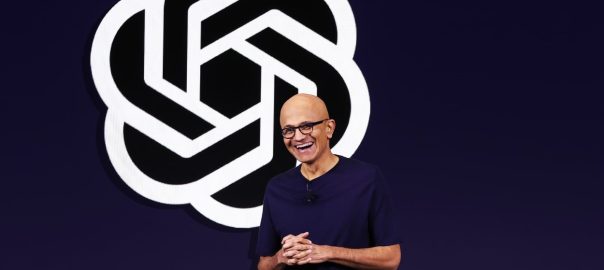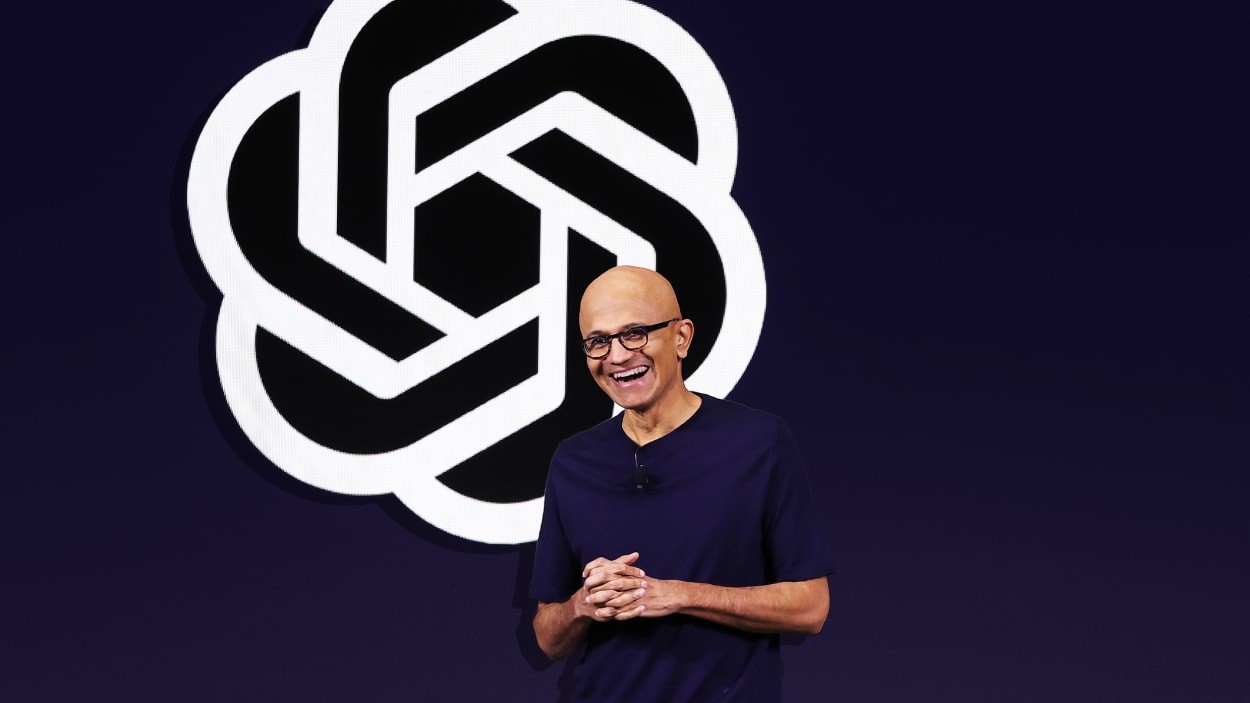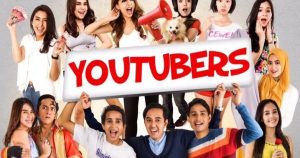By Chris Morris
It’s going to be some time before the dust settles from the implosion of OpenAI’s management suite, but (for the moment at least), Microsoft appears to be the clear winner from the AI imbroglio.
As of Monday morning (and given the rapidly shifting landscape in this story, it’s important to mark that time), former CEO Sam Altman and former OpenAI president Greg Brockman were expected to join the tech giant to lead a new advanced AI research team—-though The Verge reports Altman is still angling to return to OpenAI. At the same time, Microsoft CEO Satya Nadella posted on X (the social media platform formerly known as Twitter) that the company “remain[s] committed to our partnership with OpenAI … [and] look[s] forward to getting to know Emmett Shear and [OpenAI’s] new leadership team and working with them.”
It’s the tech equivalent of having your cake and eating it too, but it does raise some questions. Namely, how exactly will the company work with both OpenAI and its own AI division?
To answer that, says Sarah Kreps, professor of government and director of the Tech Policy Institute at Cornell University, it helps to know a little bit about the game of Blackjack. Every once in a while, players will get dealt a hand where they have an opportunity to double their bet. It’s a risky maneuver, but it can result in big payoffs. Microsoft, when it comes to AI, has basically done just that.
“It’s the equivalent of doubling down at Blackjack,” says Kreps. “Finding talent in AI—people who are smart, have good ideas, and are determined–is the holy grail in tech. Recruiting [Altman and Brockman] is not just a wise investment, it just saved [Microsoft] lots of time and resources.”
It is hard to picture how Microsoft could have wound up in a better position. The company already has a perpetual license to OpenAI’s IP, including its code base and model weights. The only exception is the generative AI portion. But there have been some internal complaints this year that Microsoft isn’t spending on its in-house AI.
That, obviously, has changed.
Analysts and pundits had for the last few months questioned whether Microsoft had the talent to exploit the OpenAI technology, especially if there was a talent exodus from that company. Based on the events of the past few days, the answer to that not only appears to be a resounding yes, but a good percentage of the OpenAI talent pool seems determined to move over to Microsoft.
It is, in some ways, a de facto acquisition of OpenAI on Microsoft’s behalf. But the move came without costing Microsoft a penny—and, more importantly, in a fashion that prevents the FTC from launching an antitrust investigation.
OpenAI, meanwhile, still has ChatGPT, the de facto leader in generative AI, which it has already started monetizing. Given some of the comments of the board, of course, there are questions about whether it wants to build on that commercialization. (The company was, of course, founded as a non-profit.) That answer will reveal itself in due course.
Microsoft and OpenAI have always had an odd frenemy relationship, competing for customers, while still relying on each other. And both have achieved notable success so far. With the talent exodus, however, it’s hard to imagine Microsoft will not put some distance between the two.
“I think this chaos explains why these partnerships between Big Tech and relative newcomer make sense,” says Kreps. “Microsoft has already experienced its growing pains in the 1990s and now has a CEO who has shown an ability to incorporate new ideas and thinking and match that with Microsoft’s deep pockets. OpenAI has been around since 2015 but only in the last year has exploded and tripled in value. The succession drama starting with last Friday is evidence of [its] amateur status.”
(10)
Report Post





